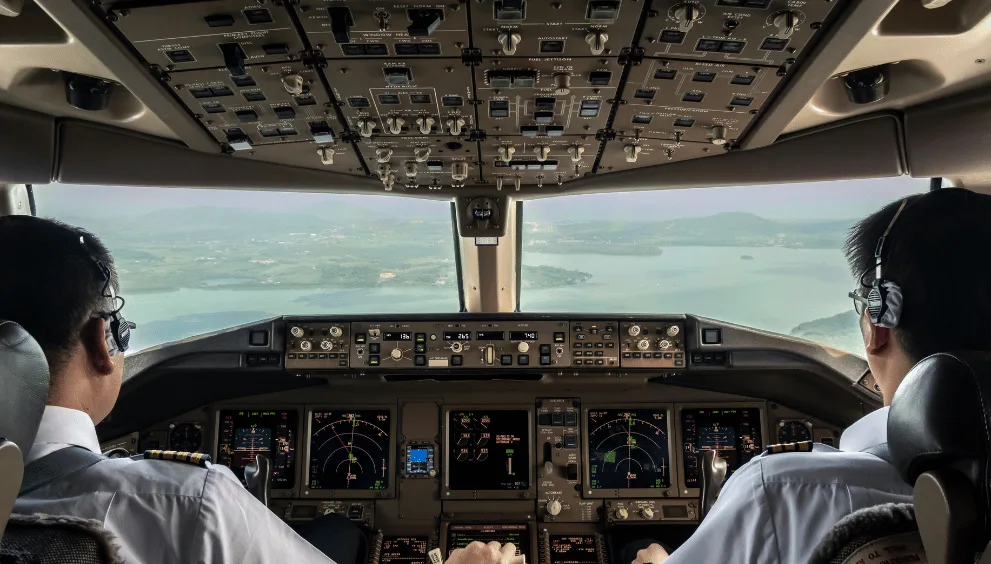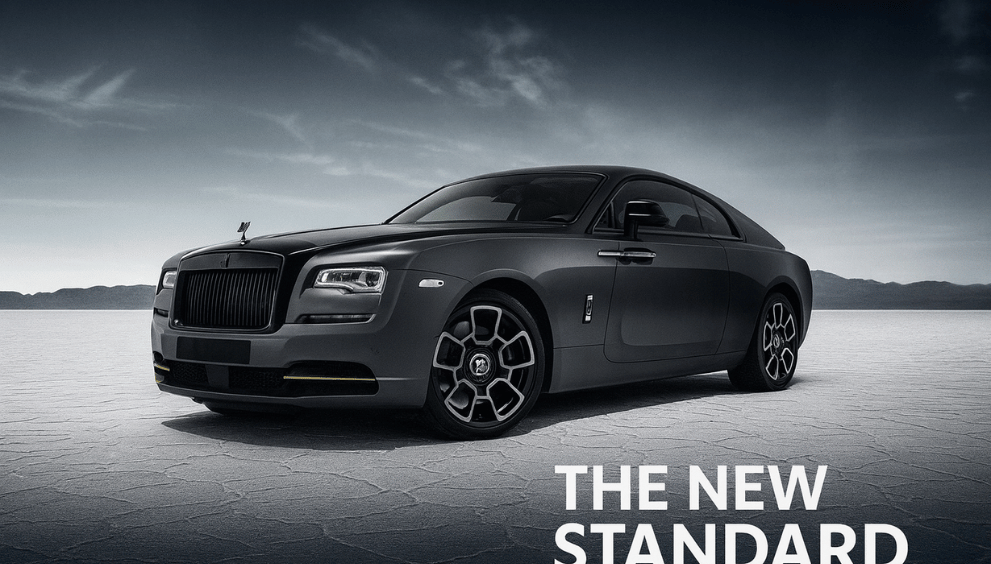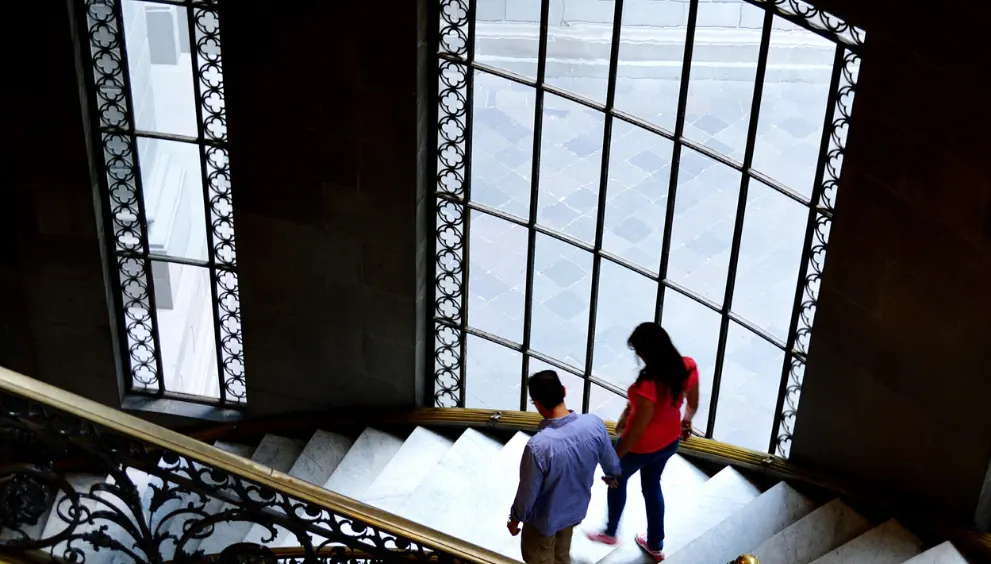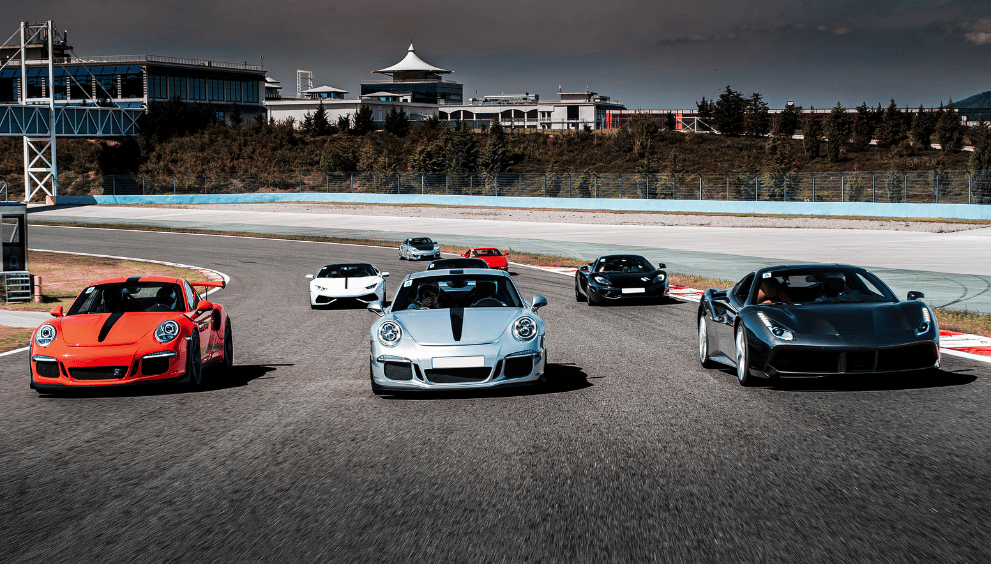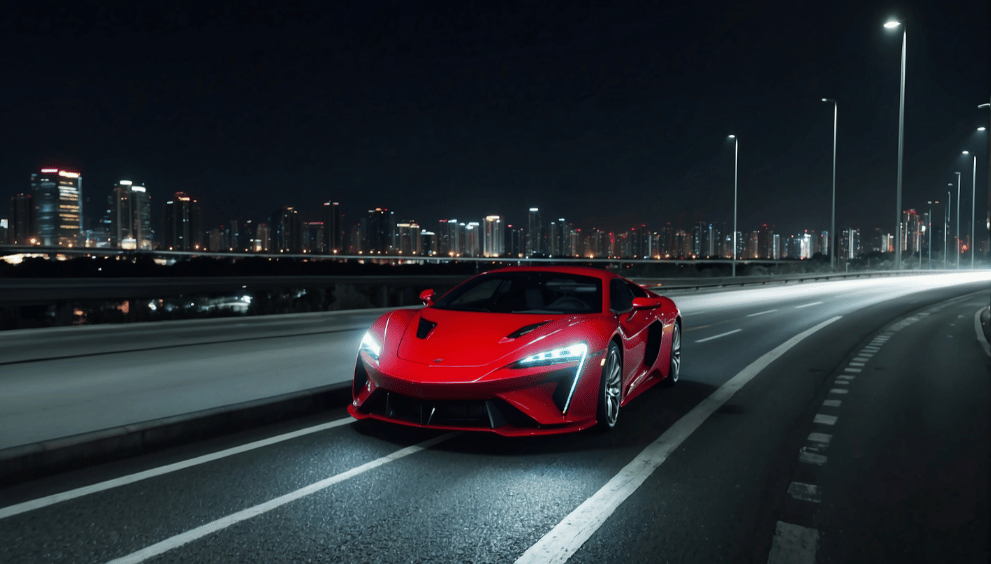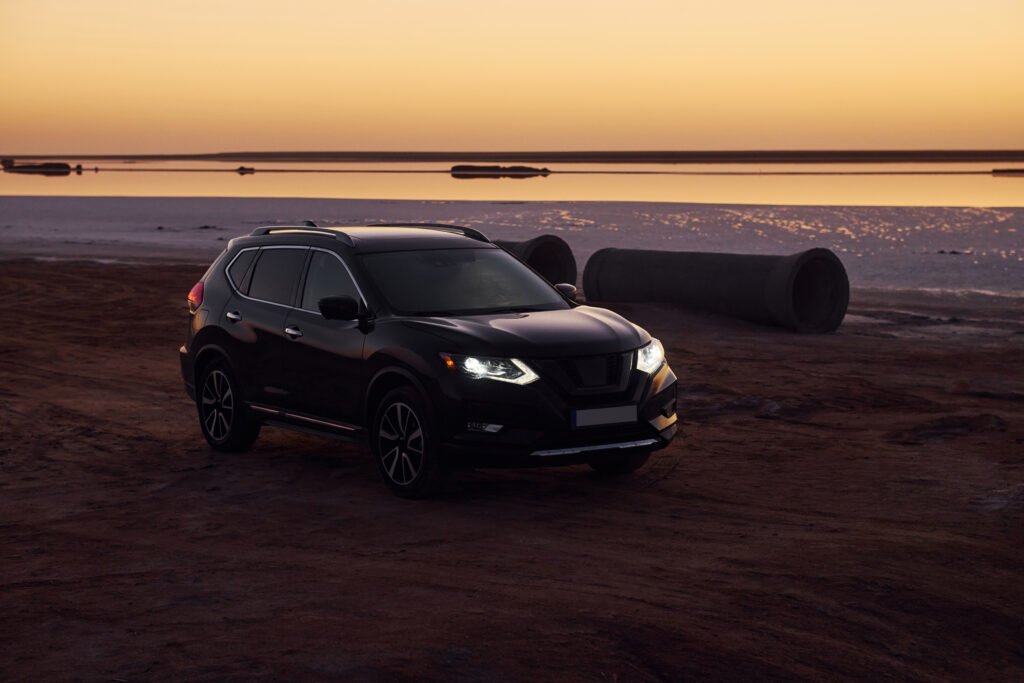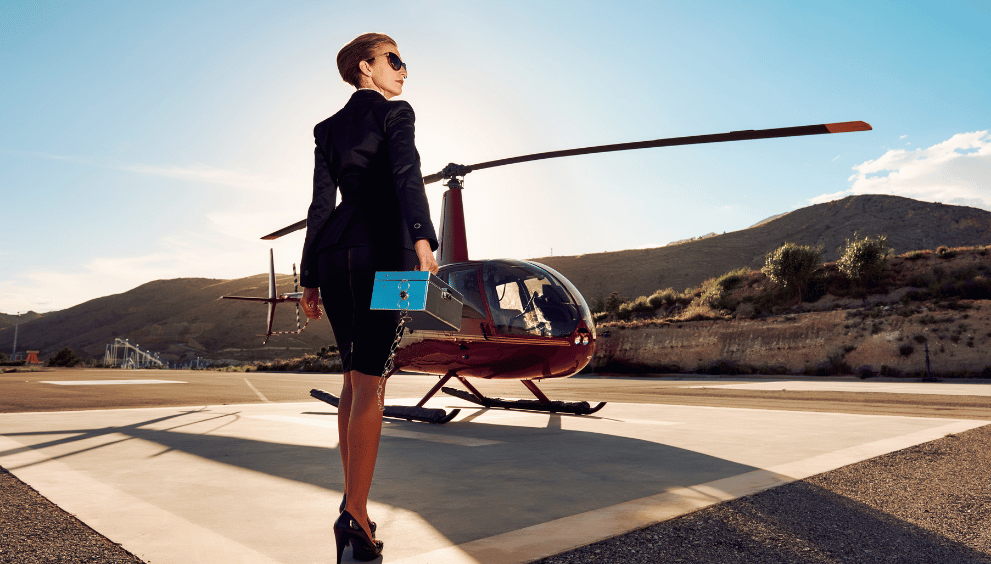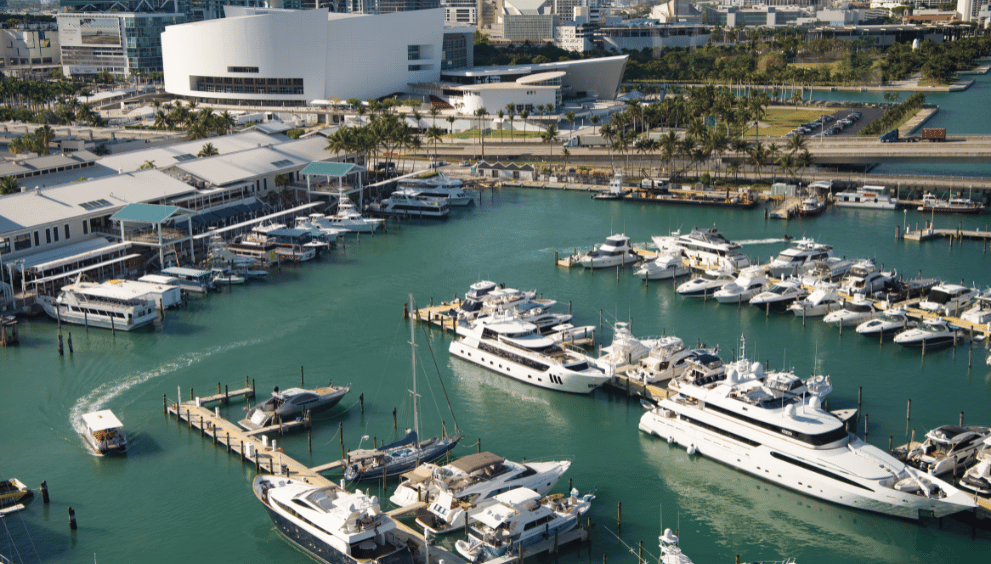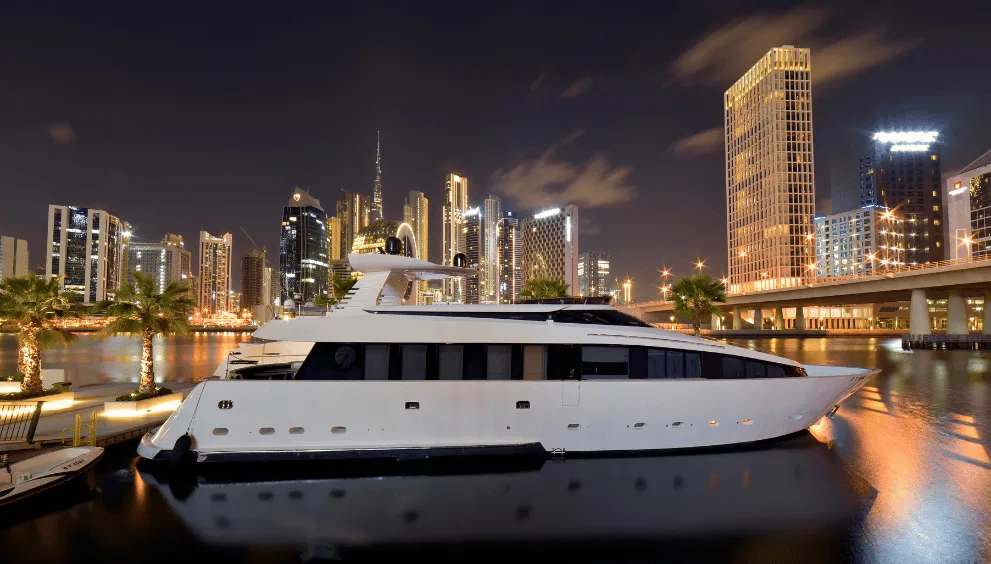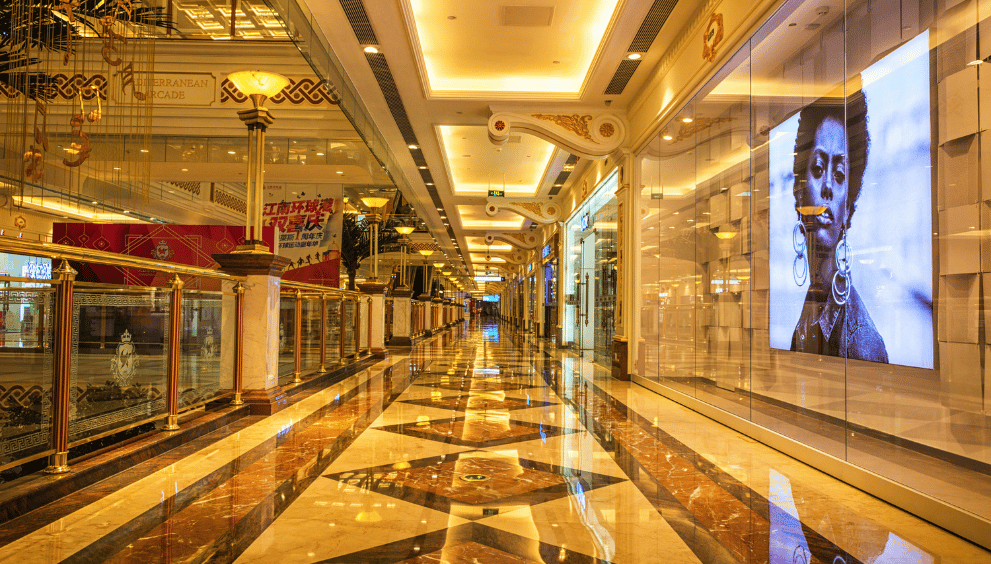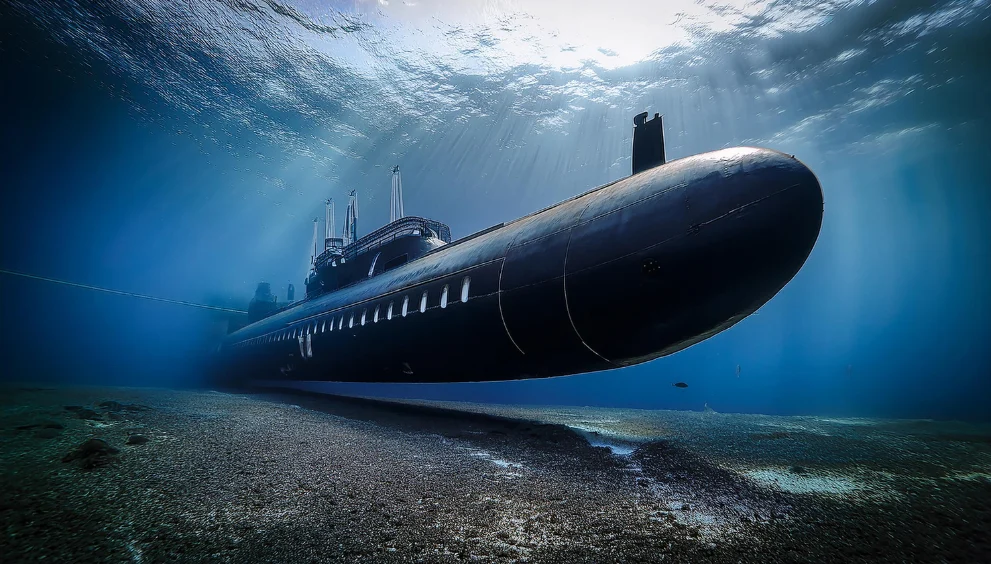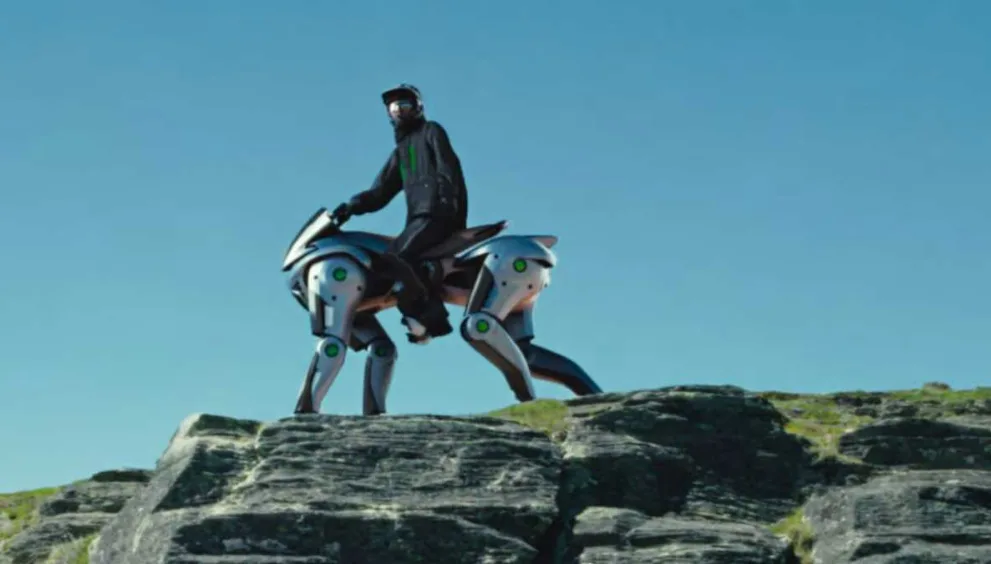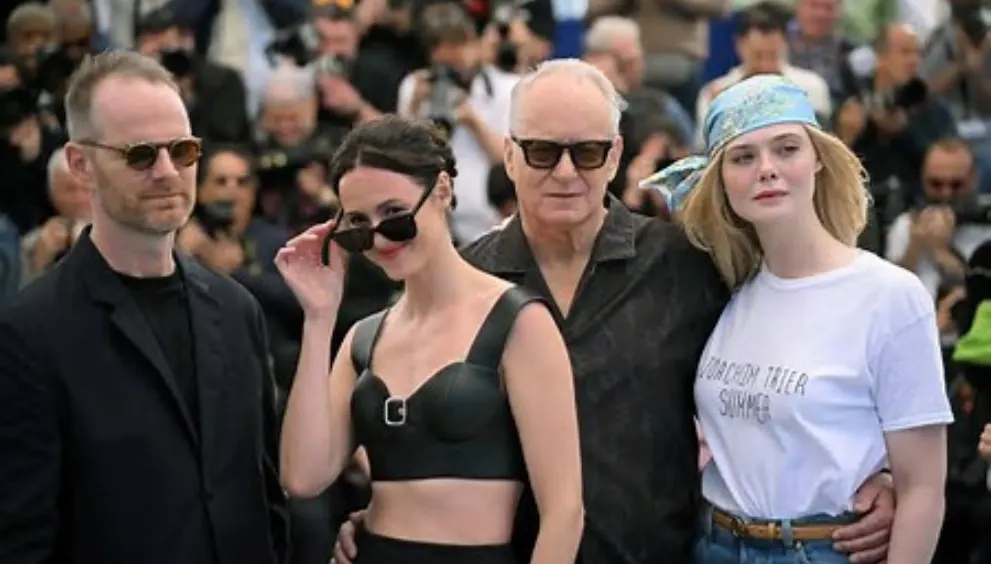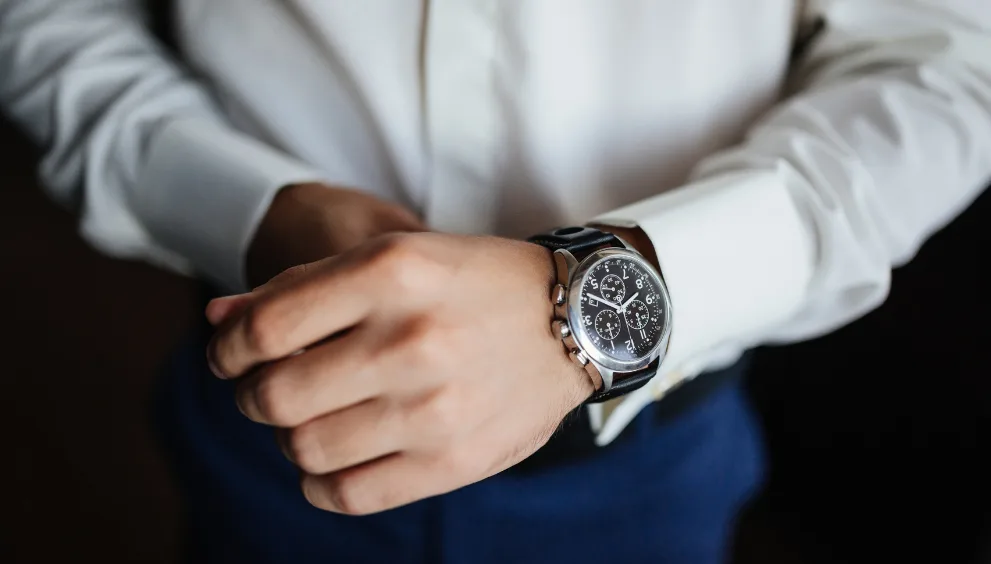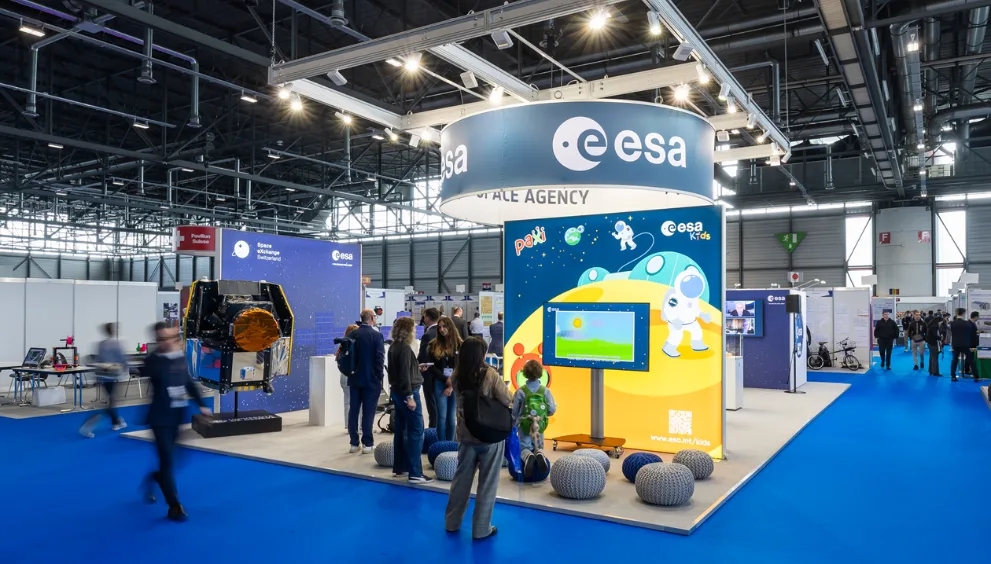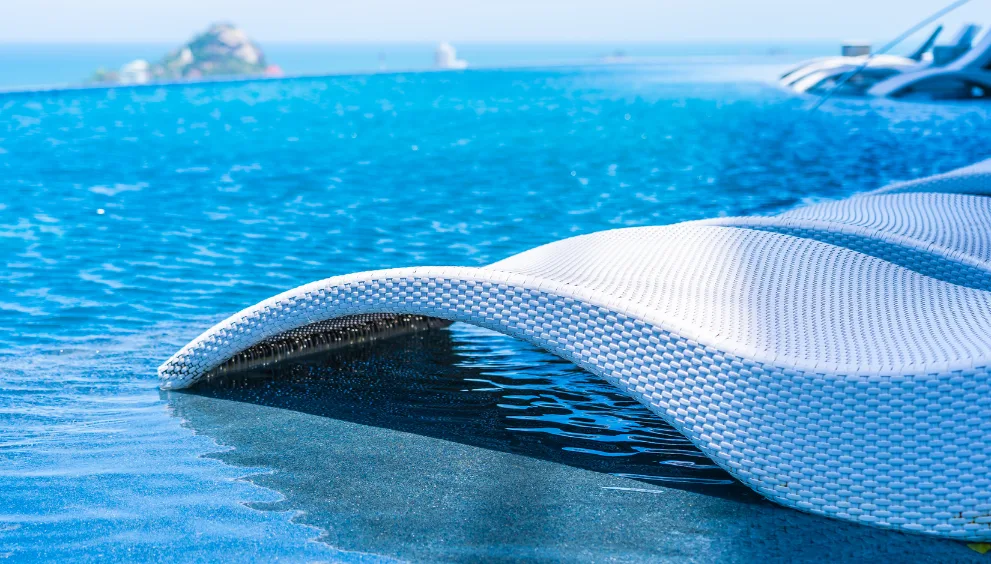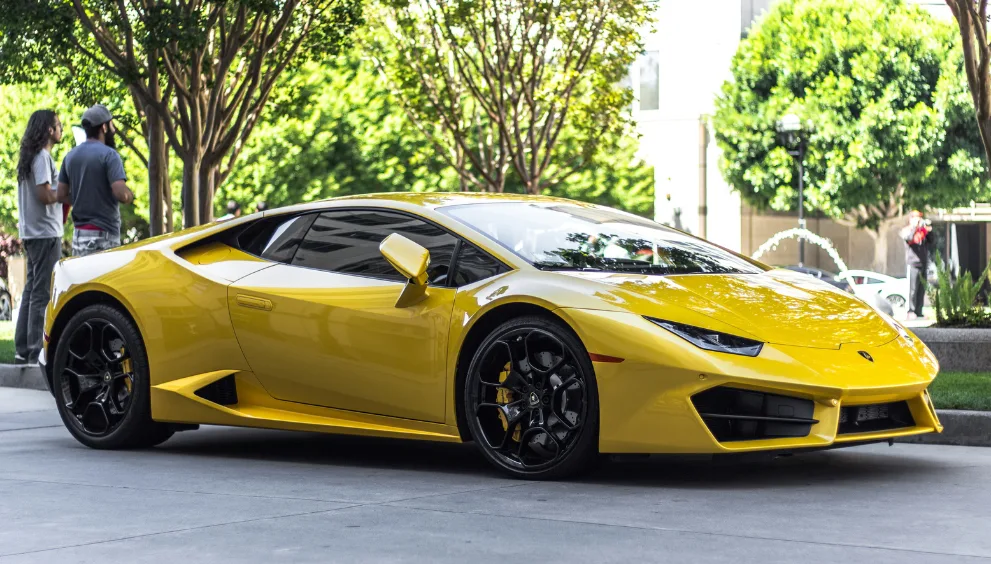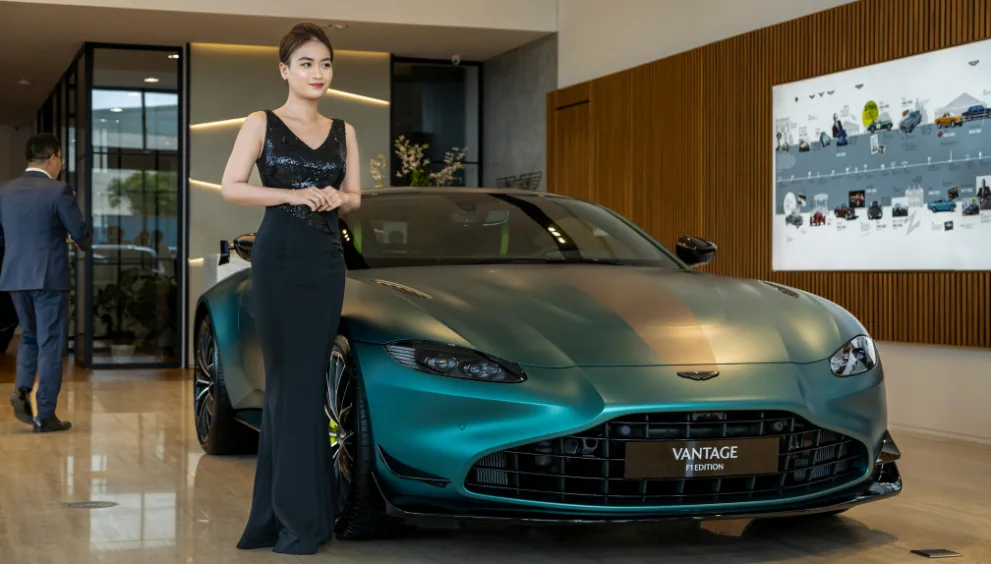Wait, You Can Ride What Now? Here’s Everything We Know About Kawasaki’s Robot Horse
Image Source: Financial Express
Welcome back, everyone. We have a wild one for you today. Unveiled just a few days ago at the 2025 Osaka Expo, CORLEO is Kawasaki’s latest creation.
It’s a hydrogen-powered, rideable, four-legged mechanical beast, and it isn’t just a gimmick or a design experiment—it’s a small peek into the future of sustainable mobility, and a blend of sci-fi fantasy and cutting-edge engineering. It doesn’t gallop (yet), but it does walk, trot, and carry humans like some kind of futuristic steed from a video game.
So, what exactly is CORLEO? And why is Kawasaki pouring research into robotic horses of all things when the world is still figuring out flying taxis? Let’s dig into everything we know so far.
What is that thing?
CORLEO is part robot, part animal, part motorcycle, and all innovation. It’s a four-legged, rideable machine designed for navigating rugged outdoor environments with a surprisingly smooth gait.
But unlike ATVs or traditional vehicles, CORLEO doesn’t rely on wheels. Instead, it uses robotic limbs to walk over uneven terrain, step by step, adjusting its footing like a real animal would.
And powering all of that motion? Not gas. Not electricity. But hydrogen. Kawasaki has built CORLEO with a 150cc hydrogen-powered engine that generates electricity for its motors. That means clean energy, low noise, and a whole new kind of motion that looks more natural than mechanical.
Hydrogen-Powered, But Nature-Inspired
The hydrogen supply is stored in a canister mounted near the rear of the robot, much like a saddlebag on a traditional horse, and feeds a small engine that generates power for CORLEO’s actuators. The result? A ride that’s nearly silent and completely emission-free. It’s a quiet revolution on four legs.
This focus on sustainability isn’t just performative. As the world pushes toward net-zero emissions and alternative energy solutions, Kawasaki is making a statement: the future of mobility doesn’t have to look like a car—or move like one, either.
Let’s Break it Down
Each of CORLEO’s four mechanical legs ends in a bifurcated rubber “hoof”, designed for grip and adaptability across surfaces like grass, gravel, or rocky ground. Those legs also feature swing arms with shock absorption, helping CORLEO maintain balance on uneven terrain.
Unlike typical robots, which can look jerky or unstable, CORLEO moves with a kind of deliberate, weight-shifting grace.
On top sits a minimalist seat and handlebars that act more like reins than steering controls. There’s also an onboard interface that displays the important stats — like remaining hydrogen levels, balance, and even trajectory—all in real time.
Perhaps most intriguingly, CORLEO has special sensors that read the rider’s posture and shifts in body weight. That means you don’t just steer this thing with a handle like a bike, you have to use your body to tell it where and how to move, just like you would a real horse.
Designed to Feel the Terrain
CORLEO isn’t autonomous yet, so you can’t just climb aboard and go where you want to. But it’s intelligent and always learning. Kawasaki has given it the tools to analyze terrain, adapt its step height and stride length, and even anticipate tipping points.
That means it can handle uneven or tricky environments that traditional vehicles can’t—think hillsides, forest paths, or rocky valleys.
In other words, it’s not another machine you ride on a road. It’s a machine you ride where there are no roads.
This positions CORLEO for all kinds of future use cases—from eco-tourism and mountaineering to off-grid exploration or even post-disaster rescue. It’s not hard to imagine a day when robots like CORLEO help carry supplies to remote villages, or assist search teams in areas where wheels just don’t work.
The Horse in the Room
So there’s the obvious question. Why not just make another boring ATV?
Because this isn’t just about transport—it’s about how we relate to machines. There’s something inherently different about riding a walking creature, even if it’s made of metal. There’s a rhythm, a connection, a give-and-take that doesn’t exist with traditional vehicles.
Kawasaki’s designers have even said they want riders to feel like they’re working with the robot, not simply controlling it.
That relationship is something we already see in horses and riders, or even humans and service animals. It makes the technology feel different—more alive, more collaborative. And in an age where machines are everywhere, that might be more important than we realize.
Stepping Towards the Future
CORLEO isn’t available in showrooms yet, and it’s going to be a good while before we see consumer versions on the market. But as a proof of concept, we think it’s doing something valuable- changing our idea of what movement can look like.
It’s a glimpse into the kind of future where machines don’t just move us, they move with us.


